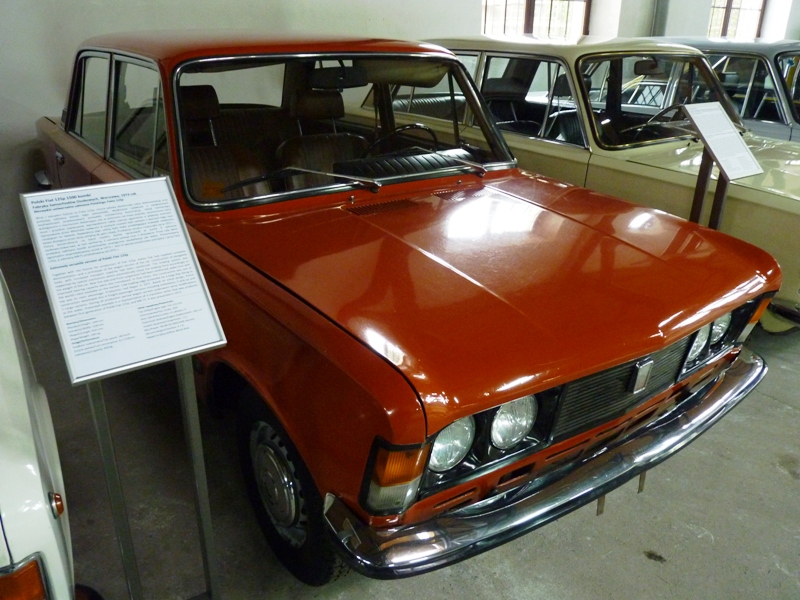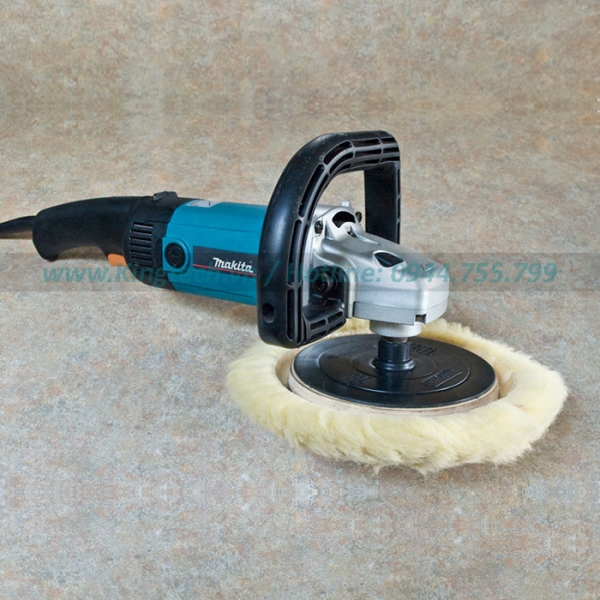Contents
– What is a car polisher?
– Car polisher: models, features and operation
– Criteria for choosing a car polisher
– The price of a car polisher
A car polisher is essential if you want to maintain your car’s bodywork effortlessly and keep it looking as good as new. Let’s see what it does, the different models and their specific characteristics, how a car polisher works, the criteria for choosing one and the prices.
What is a car polisher?

The role of a car polisher is to remove any residue, micro-scratches superficial scratches and other minor defects from the bodywork that have accumulated over time. Chemical agents, oxidation, polishing and cleaning with a roller all alter the beauty of the bodywork.
Polishing is an essential step when you want to renovate the visual aspect of the bodywork. Once the operation is complete, the car’s bodywork is perfectly smooth again. Therefore, the car polisher is an ideal bodywork tool to take care of your car and make it look new again.
Polishing always precedes buffing.
Good to know: although it is possible to polish by hand using different grits, you can only achieve a professional result with a car polisher.
Car polisher: models, features and operation
There are two car polishers (rotary and orbital), each with its characteristics and operating mode.
Rotary polisher
Also known as an electric circular polisher, the rotary polisher has a fixed shaft and a variable speed drive oscillating between 600 and 3,500 rpm, which allows the polishing speed to be adapted to the defects to be corrected. It generates a powerful heat, perfect for working the paint in-depth and thus eliminating significant defects. In addition, with its interchangeable head, it performs more precise work. This interchangeable head produces a circular action beam when it is in motion.
Its high power allows it to correct the most critical defects that can be found on a car body, such as scratches or oxidation. It will help if you use it with pads combined with a velcro adapter.
The rotary polisher requires some practice in handling this type of machine as it can cause damage to the bodywork paintwork. Therefore, it should only be used by people with a good knowledge of body polishing techniques and a certain degree of talent. You can also take your car to a professional to get the job done.
Orbital polisher
This is also known as a double-action polisher because it works on the principle of cumulative movements: the off-centre or orbital movement and the random movements. Its head rotates on an eccentric central axis. The movements produced are similar to those of an orbit, hence the name of this polisher. This polisher generates a low-intensity heat which does not allow to work the paint in depth. It can move up to 6,000 OBM (orbits per minute). All models are equipped with a Velcro pad adapter and an interchangeable head.
It can be equipped with optional speed control, making it easy to control the speed of rotation to suit the task and the amount of correction required, as long as the correction remains moderate.
The orbital polisher is particularly recommended for beginners wishing to restore the aesthetics of their car body as it is easier to use than the rotary polisher. However, although it gives excellent results, it can only correct minor defects and does not remove medium or large scratches.
Precautions to be taken before using any polisher
Preparing the vehicle for the polishing session is essential before using a car polisher; the bodywork must be washed carefully and dried perfectly.
Good to know: among the different models of orbital polishers, the pneumatic polisher is the lightest. It is therefore also easier to handle.
Criteria for choosing a car polisher

If you are going to buy a car polisher, take the time to determine your needs, first and foremost, your ability to use this type of machine and your level of experience. We have seen above that the orbital polisher is best suited to beginners, while the rotary polisher is for people with some knowledge of polishing cars.
On the other hand, the choice of a car polisher depends on the intensity of the defects to be corrected. Therefore, it should be remembered that :
– The orbital polisher is ideal for low-intensity defects. However, you should choose a model with at least 5,000 OBM to obtain a very satisfactory result.
– The rotary polisher is required to renovate the aesthetic aspect of a very scratched car. A polisher with a speed of at least 800 to 1,000 rpm is considered to do a good job.
It is helpful to have a handle on the head of the polisher. The handle allows you to press firmly and evenly on the surface of the bodywork, while the other hand is used to steer the machine.
Choose a polisher with variable speed control.
Finally, choosing a polisher with interchangeable head and pad adapters is essential.
Good to know: if you are unsure about your choice of car polisher, talk to a professional or, better still, show him your vehicle. Depending on the condition of your car, they will be able to recommend the most suitable polisher. If you cannot do the work yourself, you may get help from someone you know experienced in car polishing.
Price of a car polisher
You can buy an entry-level polisher for as little as $50. For a high-performance model with a wide range of accessories (case, pads, interchangeable discs, polishing cloth, sponges, spare carbon brushes, etc.), it is best to budget between $100 and $200.
Professional polishing machines can cost up to $800. However, their use requires a certain amount of know-how to obtain a perfect result.
Good to know: don’t hesitate to spend a lot of money on this purchase to have a piece of high-performance equipment. Well-known brands of polishers have an excellent reputation.

